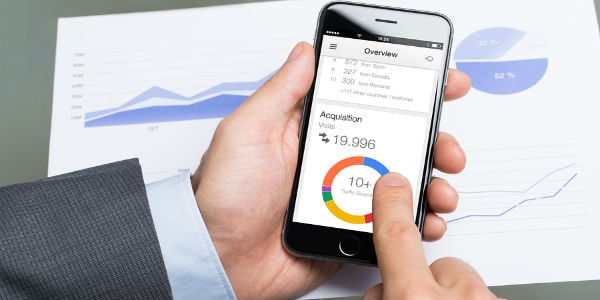Predictive analytics

by: Austin Wentzlaff
The promise of business intelligence and Big Data/Analytics has been around for years. Companies have been making claims that data-driven decision-making will revolutionize organizations but have failed to fully deliver. It is true that descriptive analytics (reporting) is necessary and valuable but in order to create real value (Return on Investment) for data analytics, organizations must think about the future. In order to achieve real value from Big Data/Analytics, organizations must execute predictive analytics.
Big Data/Analytics’ Past: Business Intelligence
Organizations have been using business intelligence to analyze historical data for years. This was the promise many received when they were first sold business intelligence (BI) solutions. While BI is incredibly valuable, it is just only just a fraction of value when you start to consider analytics. Most of the past Big Data/Analytics (Business Intelligence) solutions were focused primarily on descriptive analytics. Descriptive analytics is the most simplistic form of analytics a credit union (or any organization) can utilize.
Descriptive analytics takes large data sets, commonly referred to as big data, and looks at what has already happened. Rather than trying to learn from the data and make predictions about how strategy can be altered, it aims to summarize the data. For example, a credit union can look at the average yield of their loan portfolio. Descriptive analytics can be also referred to as reporting, a practice already carried out by most credit unions today. The real value of descriptive analytics is the ability to, according to management guru Peter Drucker, “measure what you manage.” As humans we are conditioned to work towards goals and descriptive analytics does an excellent job of telling us what progress we are making against those goals and prompts us to look for ways to improve.
continue reading »



